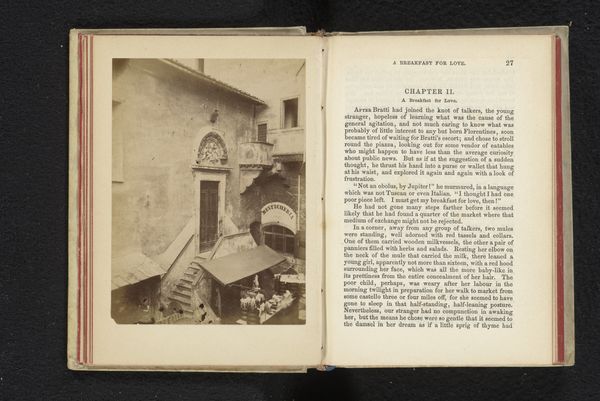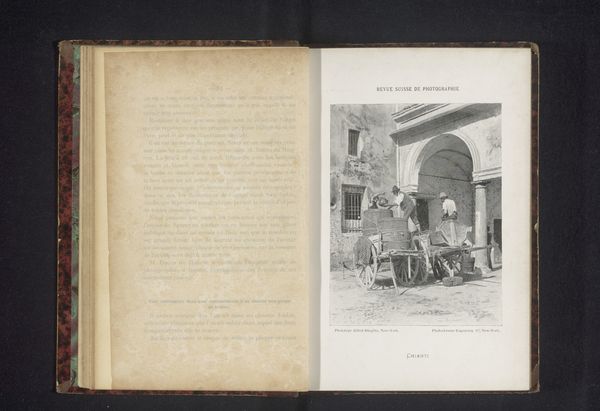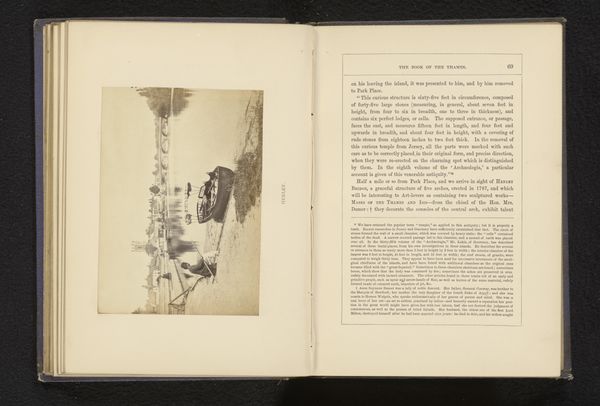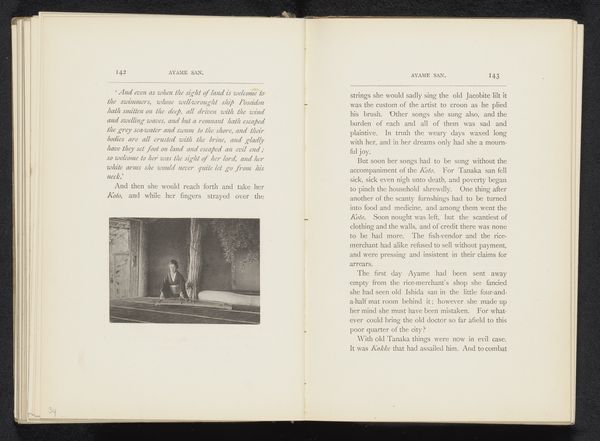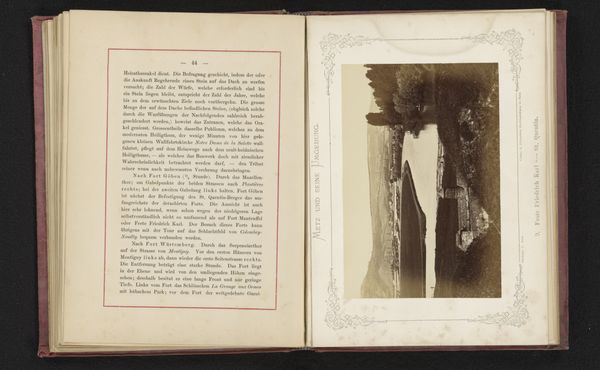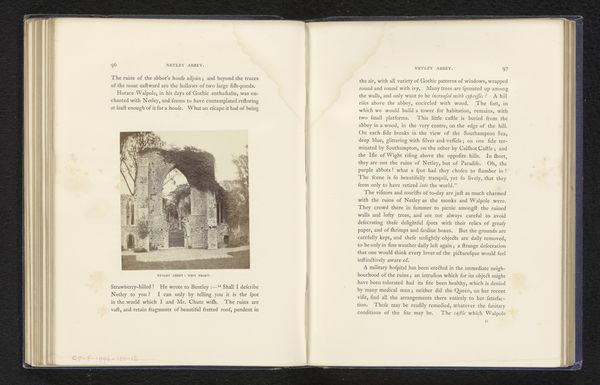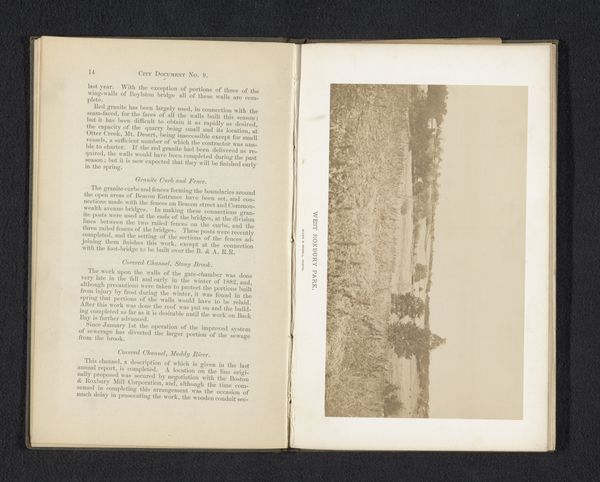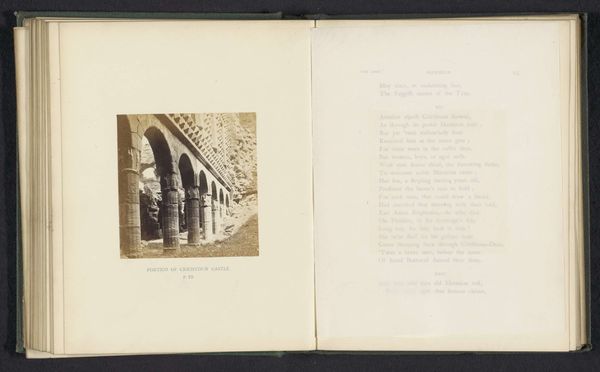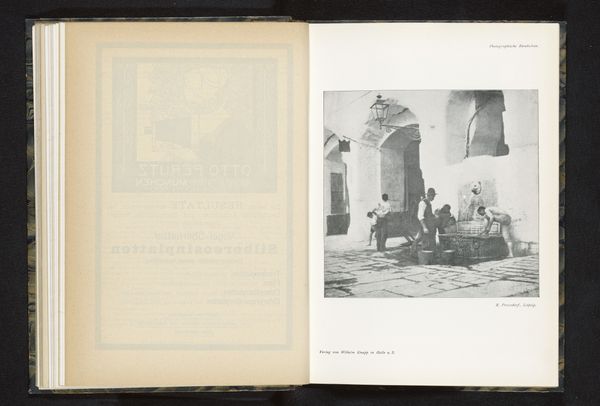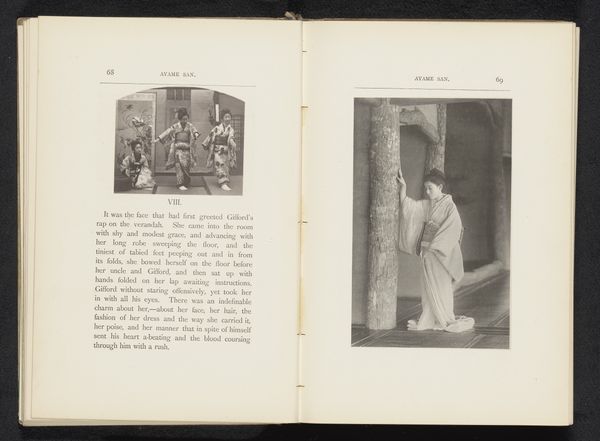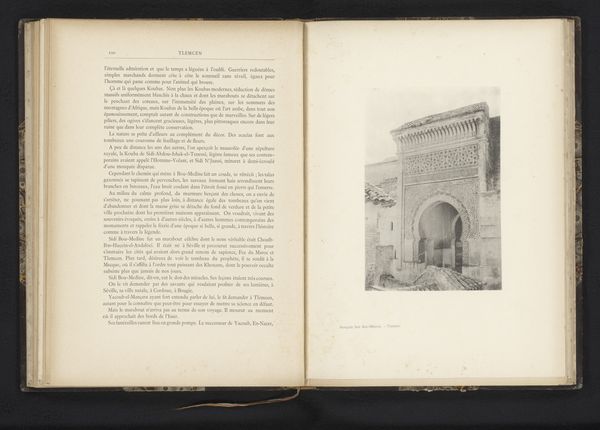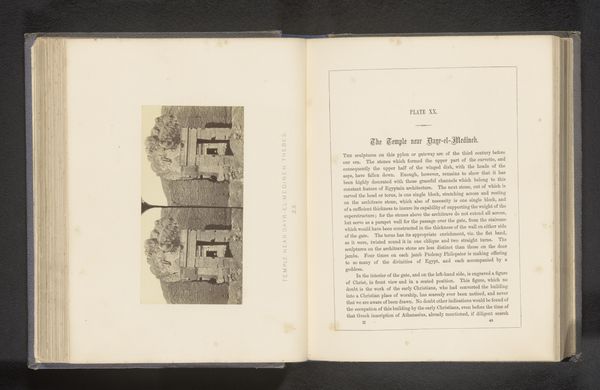
print, photography, albumen-print
# print
#
landscape
#
photography
#
cityscape
#
albumen-print
Dimensions: height 122 mm, width 91 mm
Copyright: Rijks Museum: Open Domain
Editor: Here we have Giacomo Brogi's "Porta di San Frediano te Florence," an albumen print made before 1863. The monumentality of the gate against what seems to be a relatively empty square creates an intriguing sense of scale. How do you read this work? Curator: What strikes me is how the industrial processes of photography are employed to depict a pre-industrial subject, the city gate. It becomes an object of consumption through the photograph. The labor of both constructing the gate and creating the image, which are intrinsically linked to Florence’s socio-economic reality, are recorded here. It raises questions about who produced this print, who consumed it, and how it circulated. Editor: So, beyond just the picturesque, you see the work as an artifact of production itself? Do you think the choice of the albumen print affects how we view the gate? Curator: Absolutely. Albumen prints, were mass produced and marketed as keepsakes or souvenirs. The materiality here speaks to a growing market for images, transforming the gate from a civic structure to a commodity. The perspective emphasizes its solidity, reflecting perhaps a desire to document and control space within a rapidly changing urban environment. Consider the human labor involved in the albumen printing process, especially at this period: is there a political charge to presenting human labor this way? Editor: That's really interesting! I had focused on the aesthetic aspect but thinking about the print as a mass-produced item that implicates labor and consumption… I see the photograph in a new way now. Curator: Indeed. And how might we understand its reception then and now in the context of expanding tourism and the evolving perception of Florence? Editor: Thank you, that gives me a new perspective on historical photographs!
Comments
No comments
Be the first to comment and join the conversation on the ultimate creative platform.
